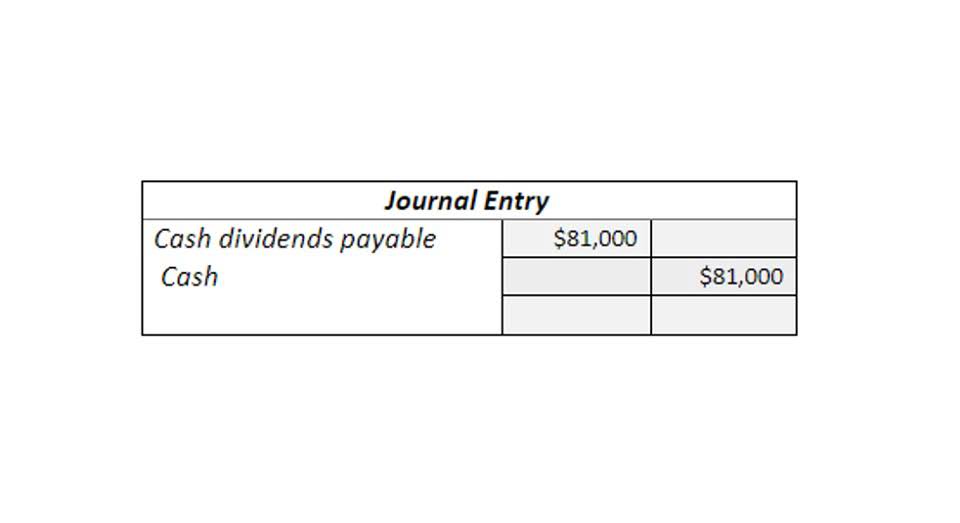Calculate Net Realizable Value: NRV Explained with Formula and Example

It’s vital to capture a realistic figure that is neither too optimistic nor too pessimistic, aligning with the conservatism principle in accounting, which prefers understated assets and revenues over the overstatement. This figure is closely tied to the net realizable value method, however, the disadvantages include reliance on assumptions about future sales, which can be speculative. Net realizable value is an essential tool in accounting, ensuring that asset values are reported accurately and conservatively. By incorporating NRV, businesses can maintain compliance with accounting standards, make informed decisions, and provide stakeholders with a realistic view of their financial health. Despite its advantages, calculating NRV can be complex and time-consuming, requiring precise estimates and regular adjustments due to market fluctuations.
Detailed Analysis of Net Realizable Value (NRV) with Formula and Examples
Two of the largest assets that a company may list on a balance sheet are accounts receivable and inventory. NRV is a valuation method used in both generally accepted accounting net realizable value principles (GAAP) and international financial reporting standards (IFRS). Knowing your net realizable value is about more than being able to determine the expected selling price of an asset, product, or service. For example, you should also endevor to set up comprehensive payment terms, use automation, and conduct regular credit checks. Chaser can also be used to help you determine the best net realizable value method for your business.
Accounting Crash Courses

The ultimate goal of NRV is to recognize how much proceeds from the sale of inventory or receipt of accounts receivable will actually be received. This relates to the creditworthiness of the clients a business chooses to virtual accountant engage in business with. Companies that prioritize customers with higher credit strength will have higher NRV.
Accounting for Net Realizable Value

In essence, the term “market” has been replaced with “net realizable value.” GAAP requires that certified public accountants (CPAs) apply the principle of conservatism to their accounting work. Many business transactions allow for judgment or discretion when choosing an accounting method.
How does NVM interact with the GAAP?
- Net realizable value (NRV) is the value for which an asset can be sold, minus the estimated costs of selling or discarding the asset.
- It is used in the determination of the lower of cost or market for on-hand inventory items.
- With an anticipated invoice for $5,000 from a customer, TechGadgets Inc. must factor in a collection cost of $200.
- It is a conservative method, which means that the accountant should post the transaction that does not overstate the value of assets and potentially generates less profit for valuing assets.
- There are a few steps involved in calculating the net realizable value for an asset.
The very essence of cost accounting is to determine the actual costs of products in order to arrive at its sales price. Net realizable value (NRV) directly impacts the cost of goods sold (COGS) when there’s a need to write down inventory to its NRV. If the NRV is lower than the original cost, the value of inventory decreases, causing an increase in COGS. It’s a move to reflect a more realistic inventory value on financial statements, ensuring they portray an accurate financial position of the business. On the other hand, LCNRV narrows the focus solely on comparing the historical cost to the NRV.

Allocating costs in joint production processes
- Net realizable value for inventory is the estimated selling price of inventory in the ordinary course of business, minus the estimated costs of completion and sale.
- The conservative recordation of inventory values is important, because an overstated inventory could result in a business reporting significantly more assets than is really the case.
- For example, if gross receivables are $100,000 and doubtful accounts are $10,000, the NRV of receivables is $90,000.
- These examples show how NRV helps businesses determine the actual value they can expect from their assets, whether it’s inventory or accounts receivable.
- In a real-world scenario, let’s unpack how a company might compute the NRV for its accounts receivable.
- NRV may be calculated for any class of assets but it has significant importance in the valuation of inventory.
- The NRV is commonly used in the estimation of the value of ending inventory or accounts receivable.
To sell this table, the company needs to spend $50 on finishing touches, $100 on packaging, and $50 on bookkeeping shipping. Understanding the NRV is essential for businesses to maintain accurate financial records and make informed decisions. In the next section, we will delve into the formula and calculation of NRV, providing a step-by-step guide to ensure clarity and accuracy. The terms “net realizable value” and “current assets” are frequently used concerning inventory and accounts receivable. The conservatism approach directs accountants to use valuation methods that generate a smaller profit and do not overstate the value of the assets in situations when professional judgment is required for the evaluation of the transactions.
How to calculate the net realizable value of receivables?

Are you a business owner looking to complete the eventual sale of equipment or inventory? Under GAAP, it is expected for the accountants to apply a conservative approach in accounting – make sure that the profits and assets of the company are not valued more than they should. There is an ongoing need to examine the value of inventory to see if its recorded cost should be reduced, due to the negative impacts of such factors as damage, spoilage, obsolescence, and reduced demand from customers. Further, writing down inventory prevents a business from carrying forward any losses for recognition in a future period. Thus, the use of net realizable value is a way to enforce the conservative recordation of inventory asset values. By deducting the allowance for doubtful accounts and addressing transaction-related expenses, TechGadgets provides valuable insight into its operations and reinforces the reliability of its financial statements.


